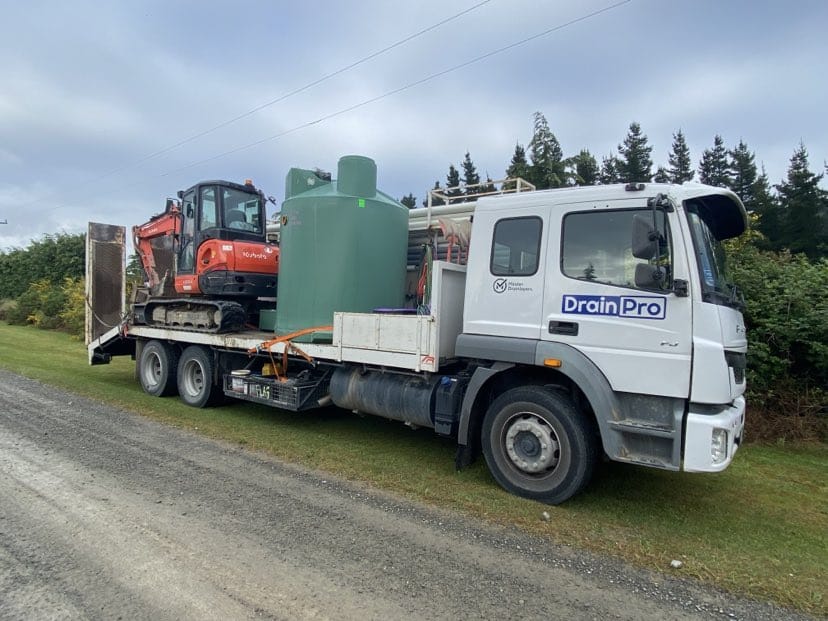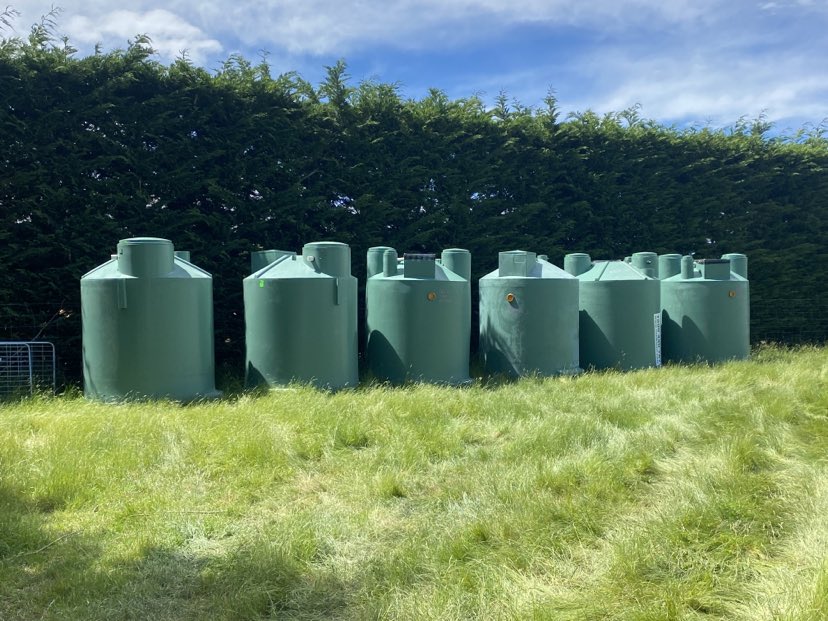When planning a new build in Auckland, it’s easy to get caught up in the excitement of designing your dream home. While aspects like layout, materials, and finishes often take priority, one of the most crucial yet frequently overlooked considerations is wastewater management. If your property isn’t connected to the municipal sewer system, installing a septic tank system in Auckland becomes a necessity.
A septic tank installation in Auckland ensures that your household waste is treated safely, preventing environmental contamination and complying with Auckland Council regulations. However, choosing the right septic system requires a detailed understanding of soil conditions, system types, council requirements, and ongoing maintenance needs. Failure to plan appropriately can result in costly modifications, regulatory issues, or long-term inefficiencies.
This guide provides a comprehensive breakdown of everything you need to know about installing a septic system for your new build, helping you make an informed decision that ensures long-term functionality and environmental compliance.
Why New Builds in Auckland Need Septic Tanks
Understanding Wastewater Management for Non-Reticulated Areas
Many rural and semi-rural properties in Auckland are not connected to the city’s centralised sewer network. In these areas, homeowners must rely on on-site wastewater treatment systems, with septic tanks being the most common solution. A septic system is designed to separate, treat, and disperse wastewater safely, allowing it to be absorbed into the soil without causing pollution.
A septic tank system works by holding wastewater in a primary treatment chamber, where solids settle at the bottom while lighter substances like grease and oils float to the top. Bacteria inside the tank help break down the organic matter. The remaining liquid effluent is then released into a drainage field or soakage area, where it is further treated as it filters through the soil.
Without a properly installed septic system, untreated wastewater can contaminate groundwater, pollute local waterways, and create serious health hazards. This is particularly concerning for properties that rely on bore water for drinking or are located near sensitive ecosystems. A well-maintained septic tank ensures that waste is treated efficiently, protecting both public health and the environment.
Council Requirements and Compliance for Septic Tanks in Auckland
Installing a septic system in Auckland requires careful adherence to Auckland Council’s wastewater disposal regulations. These rules exist to prevent water contamination and environmental damage caused by poorly managed wastewater disposal.
The first step is obtaining resource consent, which is required for most new septic tank installations. The application process involves submitting:
- A site and soil assessment report
- A wastewater treatment and disposal plan
- System design specifications
- Details on how the system will comply with environmental discharge limits
Auckland Council regulations vary depending on the location and environmental sensitivity of the site. Some properties may require more advanced wastewater treatment systems if they are near protected waterways, wetlands, or coastal areas.
Homeowners who fail to obtain proper permits before installing a septic tank may face fines, legal complications, and costly system modifications to bring the installation into compliance. Consulting a licensed septic tank installer is essential to ensure your system meets all legal requirements before breaking ground.
Differences Between Mains Sewer and Septic Systems
Many first-time septic tank owners are unfamiliar with how these systems differ from municipal sewer connections. Understanding the key differences can help you make informed decisions regarding system selection, maintenance, and long-term operation.
- Wastewater Disposal Location – In a mains sewer system, wastewater is transported to a centralised treatment facility, where it undergoes multiple levels of processing before being discharged. A septic tank, however, treats wastewater on-site, relying on bacterial processes and soil filtration to break down waste.
- Maintenance Responsibility – Homes connected to Auckland’s sewer network pay council fees for wastewater treatment and infrastructure maintenance. In contrast, septic tank owners are solely responsible for maintaining, inspecting, and servicing their system to prevent failures.
- Installation and Upfront Costs – Septic system installation involves a higher upfront investment, typically ranging from $10,000 to $25,000, depending on the property size, soil conditions, and system type. However, once installed, ongoing costs are generally lower than council wastewater rates for urban properties.

Choosing the Right Septic System for Your New Build
Types of Septic Systems Available in Auckland
There are multiple septic tank system types available, each offering unique advantages depending on the property’s characteristics:
- Gravity-Based Septic Tanks – These traditional systems rely on gravity to transport wastewater through the tank and into the drainage field. They are cost-effective and require minimal energy, but they only work well in well-draining soils.
- Aerated Wastewater Treatment Systems (AWTS) – These advanced systems use oxygen to accelerate bacterial breakdown of waste, resulting in cleaner effluent. While they offer superior treatment quality, they require electricity and regular servicing.
- Sand or Peat Filter Systems – These systems include an additional filtration stage, where wastewater passes through layers of sand or peat before reaching the drainage field. They are particularly useful in areas where soil absorption is poor.
- Eco-Friendly and Alternative Systems – Some off-grid homeowners opt for systems like composting toilets and natural greywater treatment systems, which minimise water waste and reduce environmental impact.
Key Factors to Consider Before Installation
When selecting a septic system for your new Auckland build, it’s important to assess your property’s conditions and long-term requirements:
- Soil Type & Drainage – The percolation rate of the soil determines whether a conventional septic system will work or if a specialised treatment solution is required.
- Household Size & Water Usage – Larger households generate more wastewater, meaning a bigger tank and more frequent maintenance will be necessary.
- Environmental Regulations – Some areas require low-nitrogen or enhanced-treatment systems to meet strict environmental discharge standards.
Septic Tank Installation Process for New Builds
Site Evaluation and Soil Testing
Before a septic tank can be installed, a detailed site assessment must be conducted to evaluate the land’s suitability for wastewater absorption. This includes:
- Soil Percolation Testing – Determines how quickly wastewater drains into the soil.
- Groundwater Level Assessment – Ensures the septic system will not contaminate drinking water sources.
- Slope and Land Use Analysis – Identifies the best location for septic tank placement to prevent flooding or erosion issues.
Getting Council Approvals and Permits in Auckland
Once the site has been assessed, you will need to submit a resource consent application to Auckland Council. The approval process can take anywhere from a few weeks to several months, depending on the system’s complexity and the location’s environmental sensitivity.
Installation Timeline and Costs
A typical septic tank installation takes 1–2 weeks, but this can vary based on soil conditions, weather, and council approval delays. The costs range between $10,000 and $25,000, with advanced systems costing more due to additional treatment requirements.
Investing in the Right Septic System for Your New Build
Installing a septic system in Auckland is a significant investment that requires careful planning, professional installation, and ongoing maintenance. By selecting the right system, working with qualified professionals, and following best practices for care, homeowners can ensure efficient and eco-friendly wastewater management for their new build.
